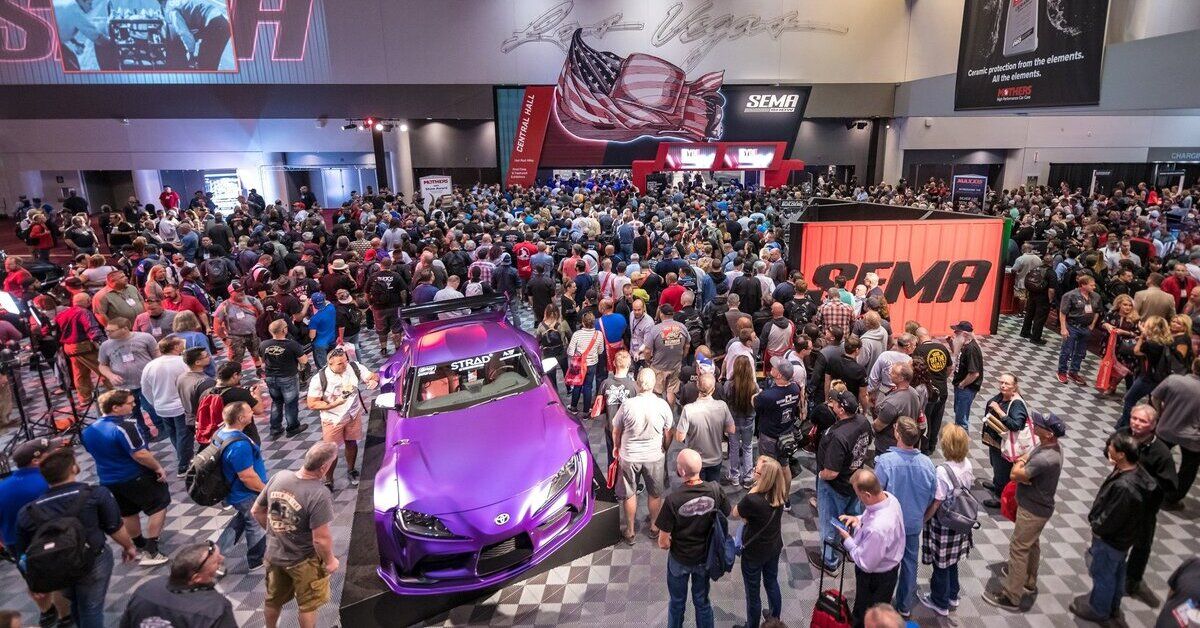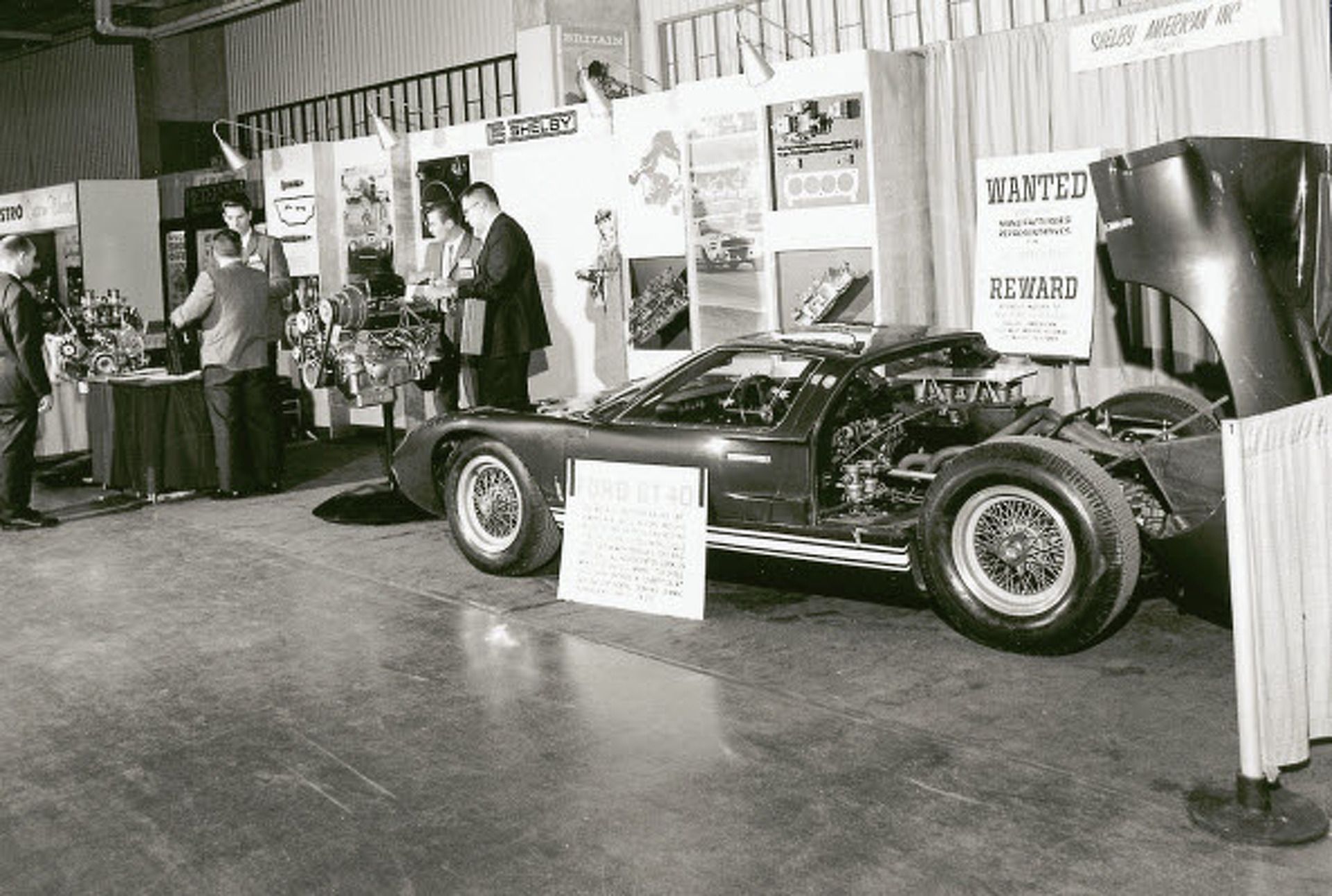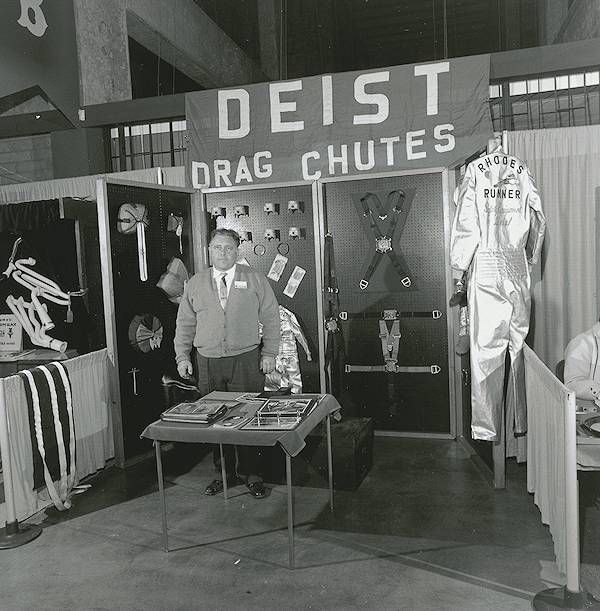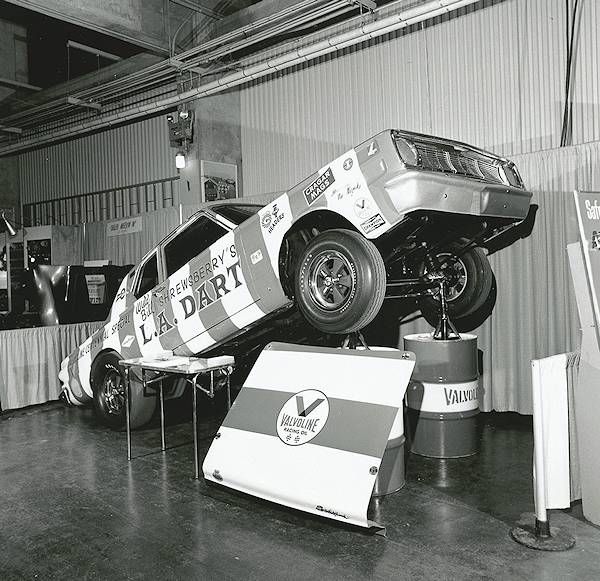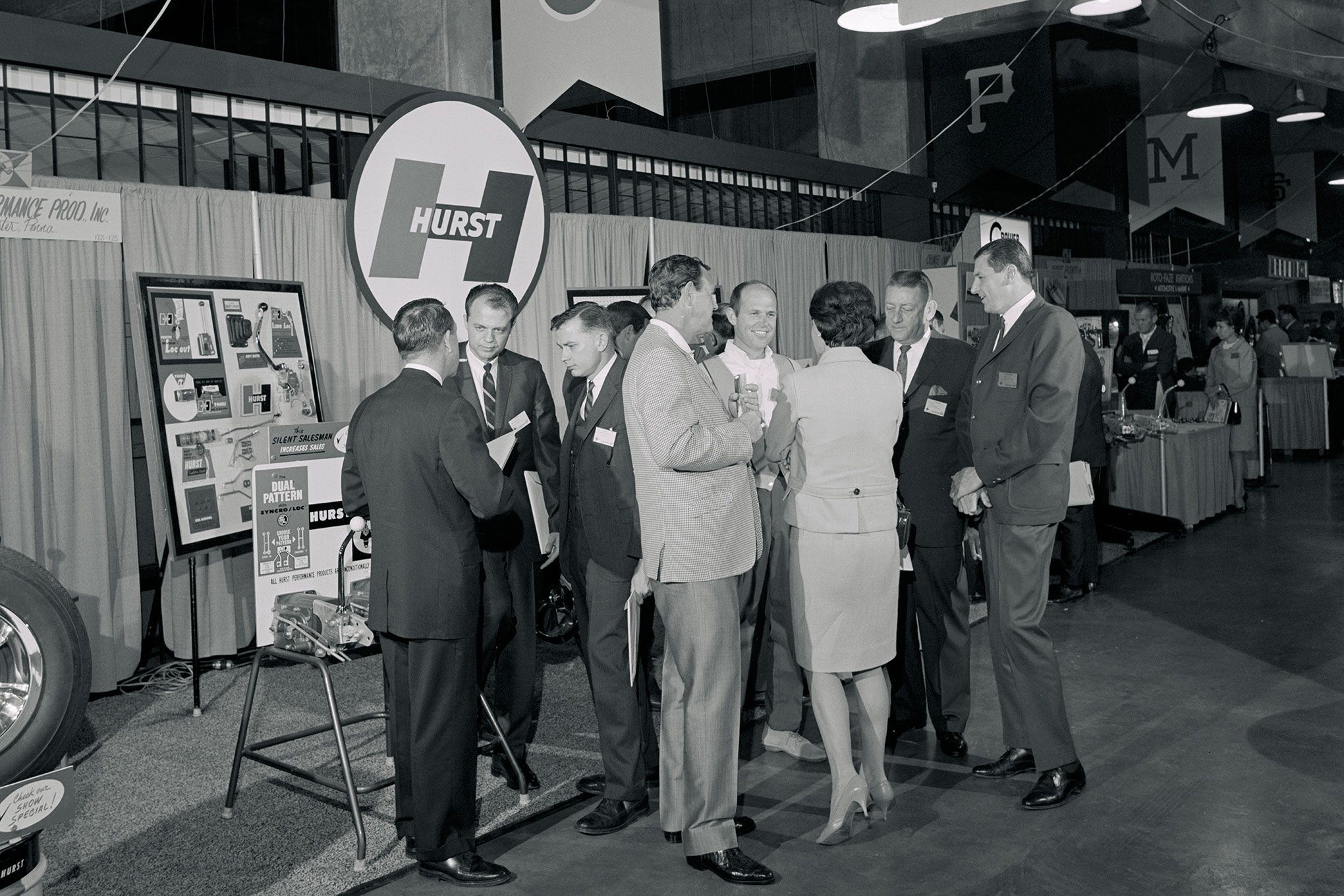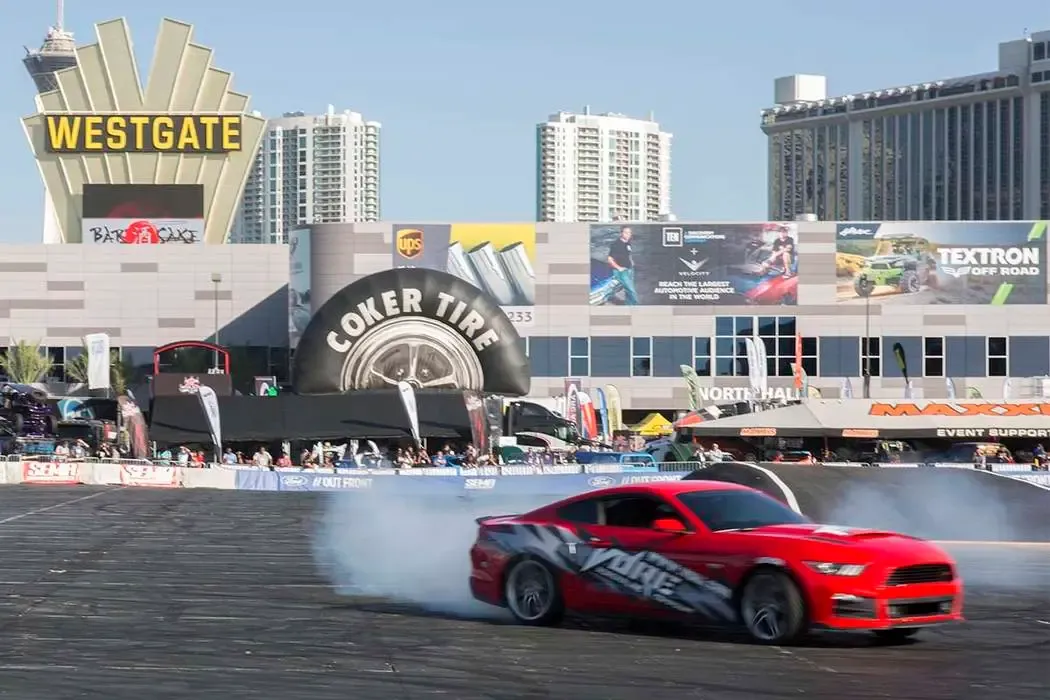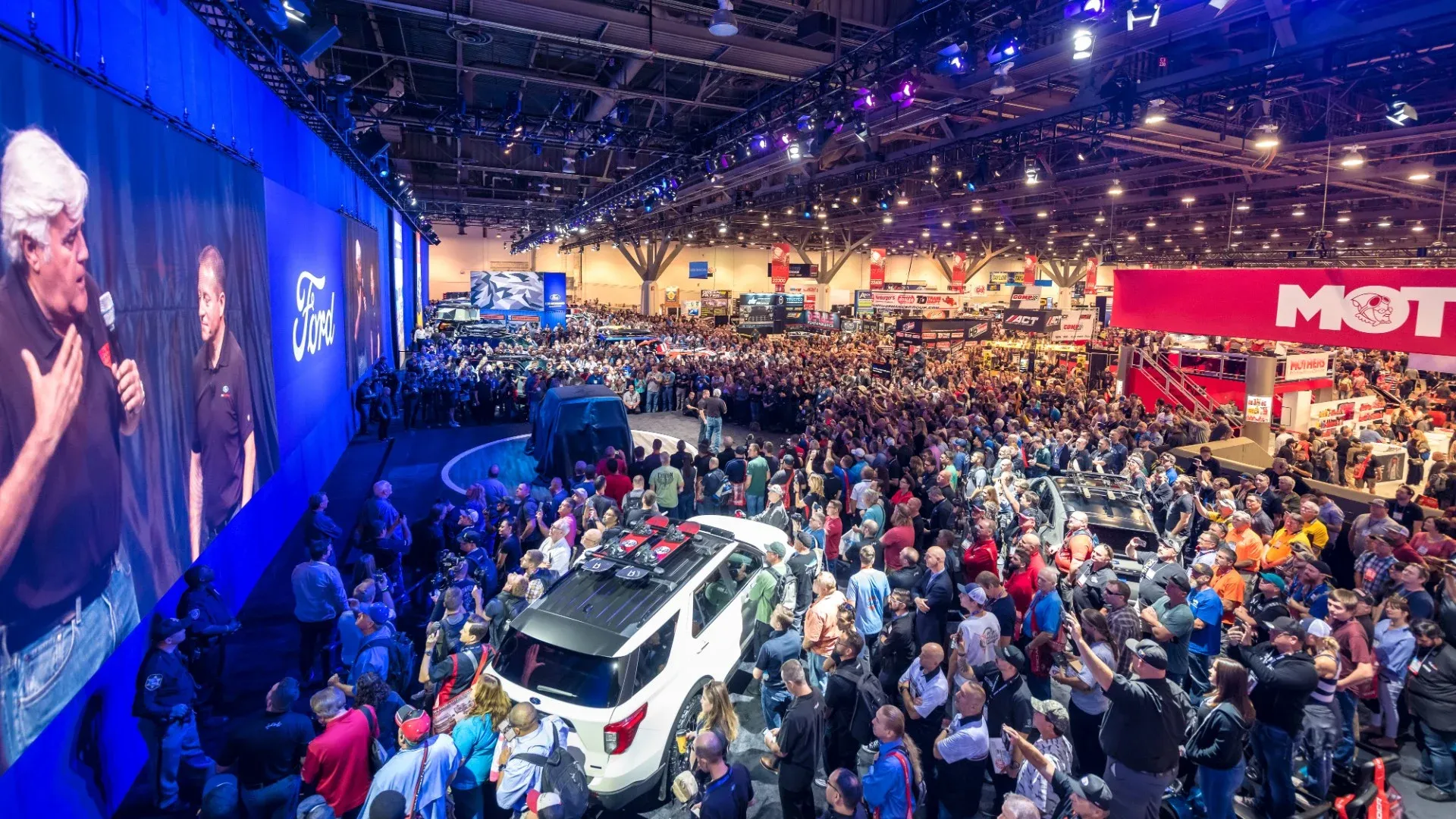Throughout the 2021 SEMA Show, we have seen a magnitude of custom cars, wild exhibits from some of our favorite automotive companies, and of course, a collection of exciting products and cars announced and unveiled to the public for the first time in the intense Las Vegas sunshine.
But as we wind down the 2021 SEMA Show, what is the history behind this world-famous car show? Why is it so tough to attend, and why does it bring in such a vast array of automotive enthusiasts and products into one single location?
From small beginnings to becoming a worldwide phenomenon that automotive enthusiasts hope and pray to attend at least once in their lives, here is the history behind the SEMA Show.
Humble Beginnings
SEMA was created in 1963 as a way to bring together multiple sections of the automotive industry under one umbrella organization. Before SEMA, there were some partnerships between some automotive manufacturers and aftermarket companies, but nothing as official as SEMA, which brought together original equipment manufacturers, specialty companies, installation companies, car dealers, and automotive media companies together to share their creations and contributions to the industry,
Initially, SEMA stood for Speed Equipment Manufacturing Association, and the founders of SEMA consisted of some very big names in automotive history, such as Vic Edelbrock, Roy Richter, the founder of Bell Helmets and Cragar, Harry Weber of Weber Speed Equipment, and Phil Weiand of Weiand Power and Racing, just to name a few.
While the organization started somewhat small, these big names in the automotive industry helped SEMA grow into the huge organization it is today.
Inspired By Another Show
A few years after SEMA was created, a Los Angeles-based publisher by the name of Noel Carpenter created the Speed & Custom Equipment trade show in 1965. While many high-profile car shows have existed throughout the early 1900s, this was the first show for strictly hot rodders and performance companies. For the following year in 1966, SEMA sponsored the event, and with the use of their name as a sponsor, SEMA received a small share of the profits of the show.
While SEMA sponsored the show, this is not considered the first SEMA show, but the directors behind SEMA saw the profitability of a performance-based car show and created their own official SEMA show in 1967.
The First SEMA Show
In January of 1967, the first SEMA show was held under the grandstands of Dodger Stadium in Los Angeles. This small show only had a few cars on display, including a Ford GT-40 and a Dodge Dart modified for drag racing. Just under 100 booths were on display at the event, and unlike today, these booths were not full of colorful displays of speed, performance, and art, rather these booths were set up in more of a small humble exhibition hall format to inform people about their products directly without a ton of showmanship.
This first show only had about 3,000 attendees, and while it wasn’t a huge success, having the founders of so many exceptional companies spearhead the event, led to massive growth in the following years.
Times Were Changing, And So Was SEMA
By 1970, restrictions were starting to be imposed on vehicle manufacturers around the world. From speed restrictions to a national speed limit on the horizon in the United States to more politicians being active in the automotive safety scene, SEMA decided to change their name from Speed Equipment Manufacturers Association to Speciality Equipment Market Association, not only to clarify that this show was for the entire automotive industry but also to avoid unnecessary attention of having the word “speed” in the name.
In 1974, the SEMA Show moved to Anaheim California and was an instant success in its new home, which was conveniently right next to Disneyland. This location made the image of SEMA evolve into more of a high-class business-centric event where everyone who is anyone would attend. Throughout the following years, SEMA would continue to grow much quicker than anticipated.
A Final Home For SEMA
In 1976, 570 booths were sold to vendors, which presented a new issue for SEMA; the show was too big for its venue. Many vendors were turned away from selling in 1976, and with the possibility of losing vendor interest in the future due to lack of space, SEMA did their research and quickly found the perfect place: Las Vegas.
Since 1977, the SEMA Show has been held in Las Vegas, Nevada, where the organization was welcomed with open arms. Las Vegas is one of the entertainment capitals of the world, and with this prestige, comes a vast history of accommodating huge events, ensuring SEMA will always have a place big enough for the entire automotive industry.
SEMA Today
The move to Vegas has only strengthened the image SEMA holds in the automotive industry, turning this wild show into a hybrid of a celebrity get-together and performance show. The roots of SEMA are still alive and well in performance, but with a touch of celebrity status that keeps it at the top of the automotive world.
Today, the show is still only available to certain members of the automotive industry, because SEMA is still a trade show where people do business and partnerships are formed, but these rules have been stretched ever so slightly, with the inclusion of celebrity guests and performers throughout the years.
As SEMA continues to be the event that the entire automotive industry calendar year revolves around, it is great to see how this incredible show started, and how it has evolved into what it is today!

